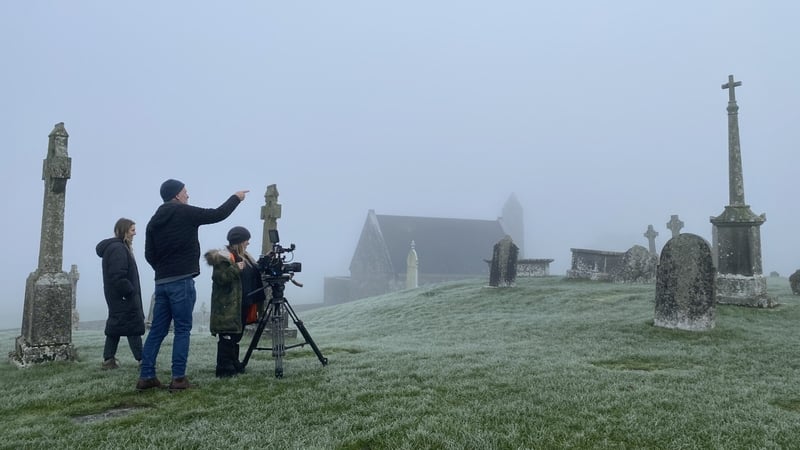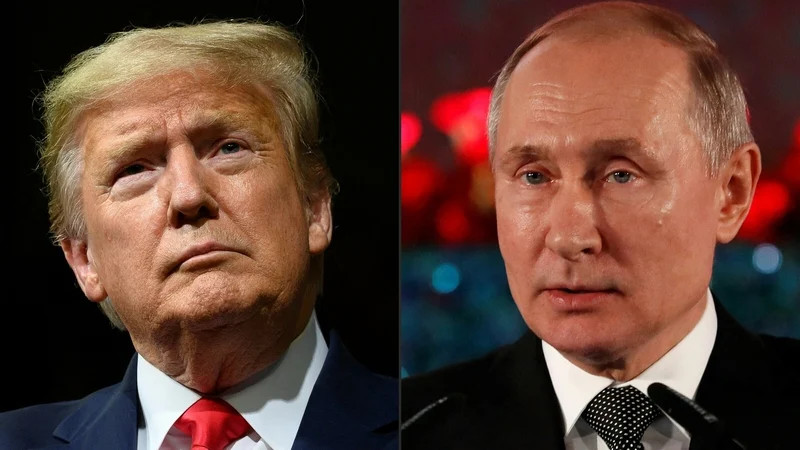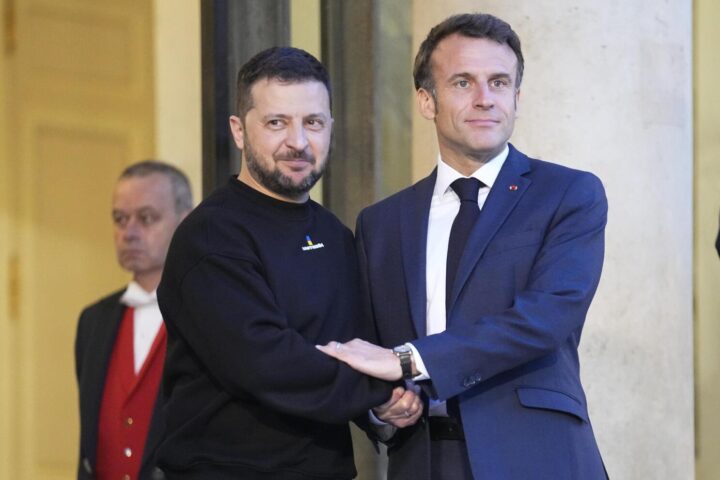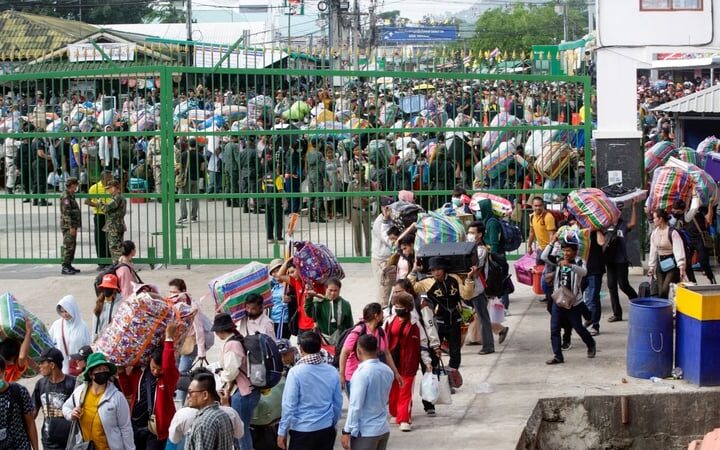Documentary film-maker and producer, Liam McGrath, gives an insight into why he made the new RTÉ documentary series, The Last Irish Missionaries.
I was deep in the bowels of the National Folklore Collection in UCD in the summer of 2022 after our crew had filmed over 100 hours of testimonies of relatives of people directly involved in the Irish Civil War, when I got talking to the then director, Dr Críostóir Mac Carthaigh, about the broader collection there. It’s a wonderful treasure trove of Irish stories, myths, legends and folklore. He explained how it was originally set up in the 1930s to document who we were and what made the Irish different from those who once colonised us.
I asked, are there many interviews with priests and nuns? Even with all of the scandals of the past twenty-five years or so and the understandable resentment of clerisy in the early decades of the State, I felt there must have been thousands more good people out there. I suggested interviews with them would offer valuable insights into a major part of the Irish story. Críostóir said there were very few that he could think of. He did point out that the Radharc team did a tremendous job in documenting stories of Irish religious, but where he saw the real gap now was in the experience of priests and nuns over the past twenty five years.
I did a bit of research and saw that there were a few notable exceptions such as the RTÉ documentaries On God’s Mission, The Nazarene and Lifers, but even in the years since these films were made, there has been a marked decline in numbers of those still around to tell their stories.

I decided to try to raise funding to create an archive of interviews with Irish priests and religious for the National Folklore Collection. As mentioned earlier, we had done this previously to document stories of the Irish Civil War and we produced a parallel documentary on RTÉ called The Silent Civil War. Prior to that, in 2016, we trained a number of Travellers to document the oral histories of their families and communities and recorded another hundred or so hours of material that sits in the archive, with a parallel three-part television series, John Connors, The Travellers.
Despite my efforts to raise finance to make this archive a reality, to date it hasn’t happened. However, the energy behind this idea led to the making of a two-part RTÉ series: The Last Irish Priests and Nuns, presented by Ardal O’Hanlon & Dearbhail McDonald and largely funded by Coimisiún na Meán.
The process of making these films was fascinating. It offered insight into what has now become a subculture in Irish life: Catholic religious. Those who were once seen as the pillars of society are now, in some cases, afraid to wear a collar or wimple, walking down the street. Their numbers have also dwindled, as the previous deluge of vocations has slowed to a trickle.
Something else occurred to me during this time. We have made great strides in breaking the taboos around mental health in the past twenty years, but what has become an even bigger taboo is to talk about our spiritual health. We met many wonderful people, quietly tipping away, putting others first, guiding people through family celebrations, births deaths and marriages and everything in-between; people who have foregone the chance to have children or build their own families and careers because of what they saw as a ‘call’ upon their lives, to put others first and be the ‘salt and light’ of the world.

Then, another theme started to come out while talking to these priests and religious: many others had done the same overseas. In many cases they were sent to where the need was greatest, where there was famine, unrest, poverty. And each one, as they went, proudly brought their Irish identity, culture and values with them. In reality, our priests and nuns who have gone to the furthest reaches of the world, are, in many cases, the reason the Irish are liked, admired and known globally, in places where our people otherwise seldom migrated.
There are, of course, dark exceptions to this rule, but what hadn’t occurred to me before is that each of the good ones has to deal with the pain caused by those who took advantage or manipulated their way into positions of power. Wolves in sheep’s clothing.
So, when The Last Priests and Nuns was finished, we began a new process – reaching out and talking to Irish missionary priests and nuns, both retired and those still in the field. Their average age rises each year and their numbers are in stark decline: from a peak of around fifteen thousand active missionaries in the late 1960s to around only four hundred today. But they have stories to tell that I believe really deserve to be heard.
The results of our conversations and filming can be seen in the two-part RTÉ documentary series The Last Irish Missionaries, presented by Bryan Dobson and Dearbhail McDonald with majority funding once more from the Sound & Vision Fund. I believe these films show just the tip of the iceberg of a highly significant part of Ireland’s story in the world – a story that, in particular, our youngest generations know little or nothing about.














